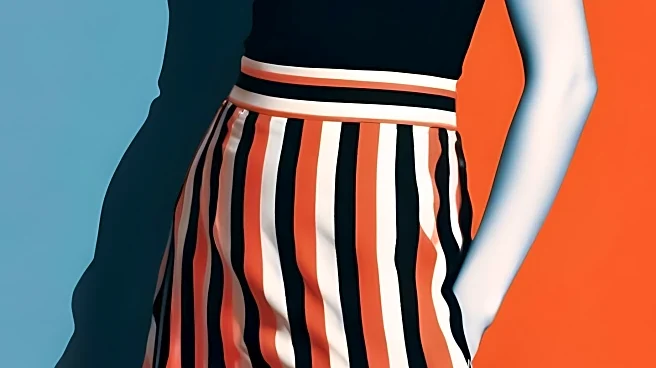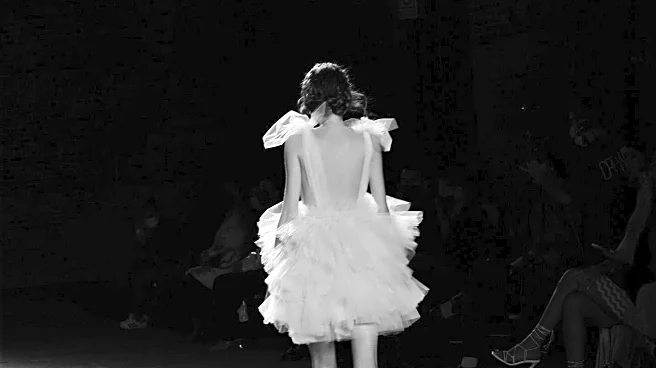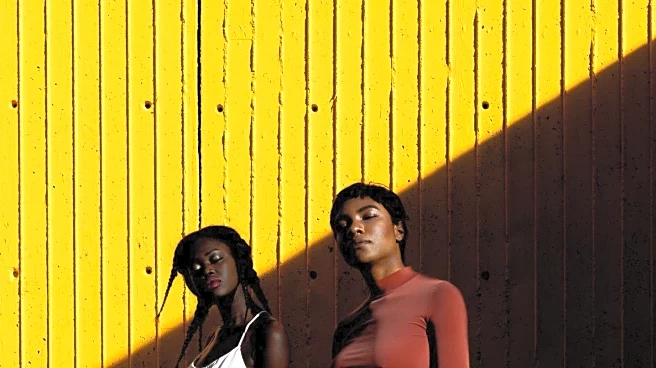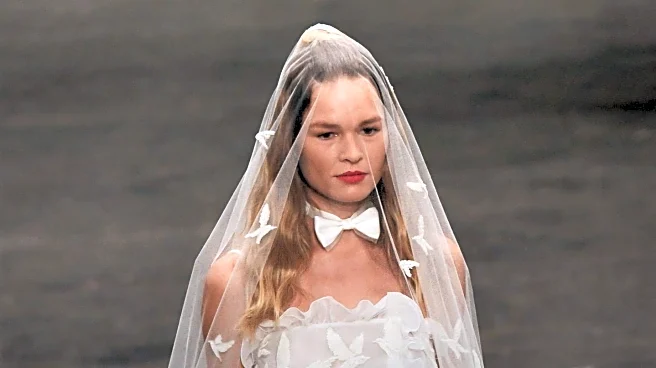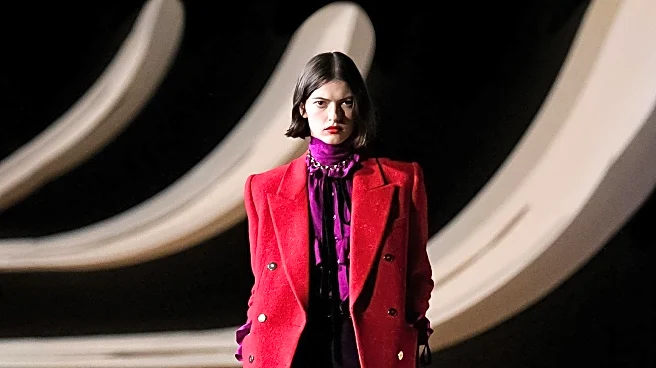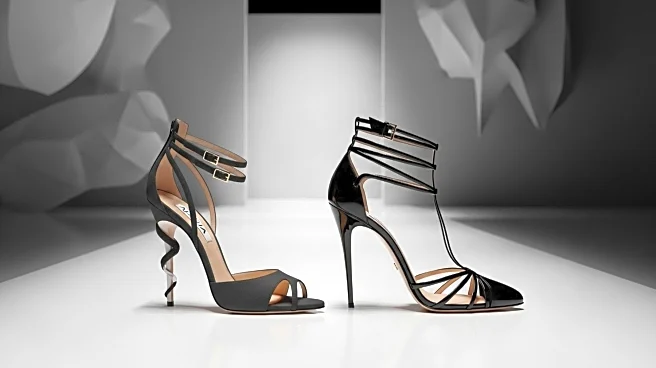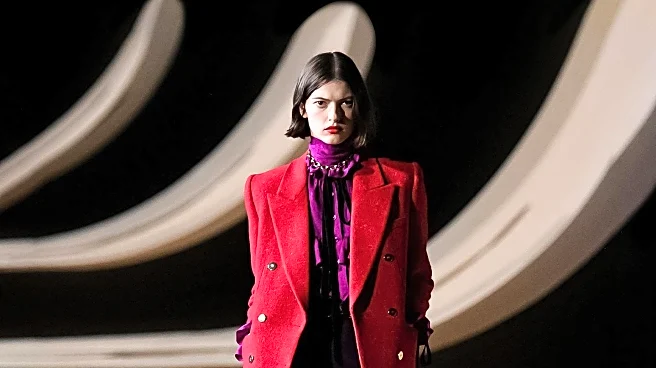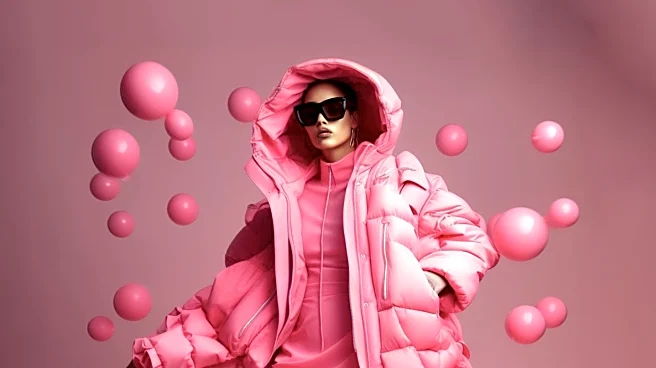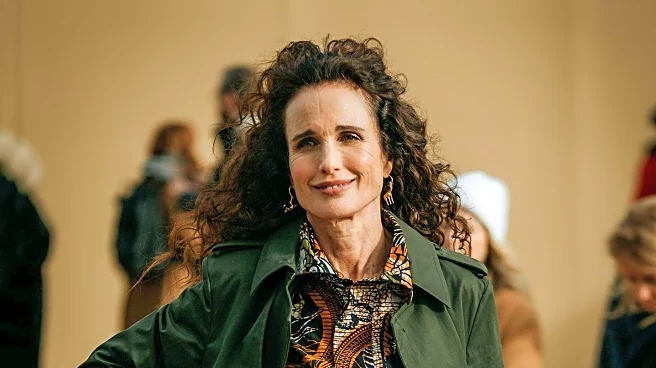What is the story about?
What's Happening?
Recent runway shows in Paris have sparked criticism from female critics who argue that some collections are disconnected from how women actually dress. Designers like Pieter Mulier for Alaïa and Glenn Martens for Maison Margiela presented avant-garde pieces that were seen as impractical, such as sleeveless dresses and models with metal devices forcing their mouths open. The lack of body diversity on the runways further fueled the debate. Critics like Vanessa Friedman and Elizabeth Paton have highlighted the issue, questioning whether designers are truly catering to real women's needs. The fashion industry, predominantly led by men, faces accusations of sexism, with a 'pink tax' affecting female consumers. Despite the spectacle of runway shows, brands like The Row and Khaite are praised for their wearable designs, indicating a shift towards practicality.
Why It's Important?
The criticism highlights a growing disconnect between fashion designers and their predominantly female consumer base. As runway shows become more about spectacle, the industry risks alienating its customers, which could impact sales. The debate also underscores the gender imbalance in leadership roles within the fashion industry, with few women holding top positions. This imbalance may contribute to the perceived disconnect, as male designers may not fully understand or prioritize women's needs. The issue of the 'pink tax' further complicates the relationship between fashion brands and female consumers, potentially affecting brand loyalty and sales. As the industry grapples with lagging sales, finding a balance between creativity and practicality is crucial for long-term success.
What's Next?
Fashion brands may need to reassess their approach to design, focusing on creating pieces that are both innovative and practical for everyday wear. This could involve hiring more female designers or consulting with women to better understand their needs. Brands might also consider addressing the 'pink tax' to improve their relationship with female consumers. As the debate continues, designers may face pressure to create collections that are more inclusive and representative of diverse body types. The industry could see a shift towards more wearable designs, with brands like The Row and Khaite leading the way. Ultimately, the fashion industry must adapt to changing consumer expectations to remain relevant and successful.
Beyond the Headlines
The criticism of the fashion industry raises broader questions about gender representation and equality in creative fields. The predominance of male designers in top positions may reflect wider societal issues of gender imbalance in leadership roles. Addressing these issues could lead to more diverse and inclusive designs that better cater to women's needs. Additionally, the debate highlights the tension between artistic expression and commercial success, as designers navigate the challenge of creating innovative yet practical pieces. The industry's response to these criticisms could set a precedent for other creative fields, influencing how they approach gender representation and consumer engagement.
AI Generated Content
Do you find this article useful?
